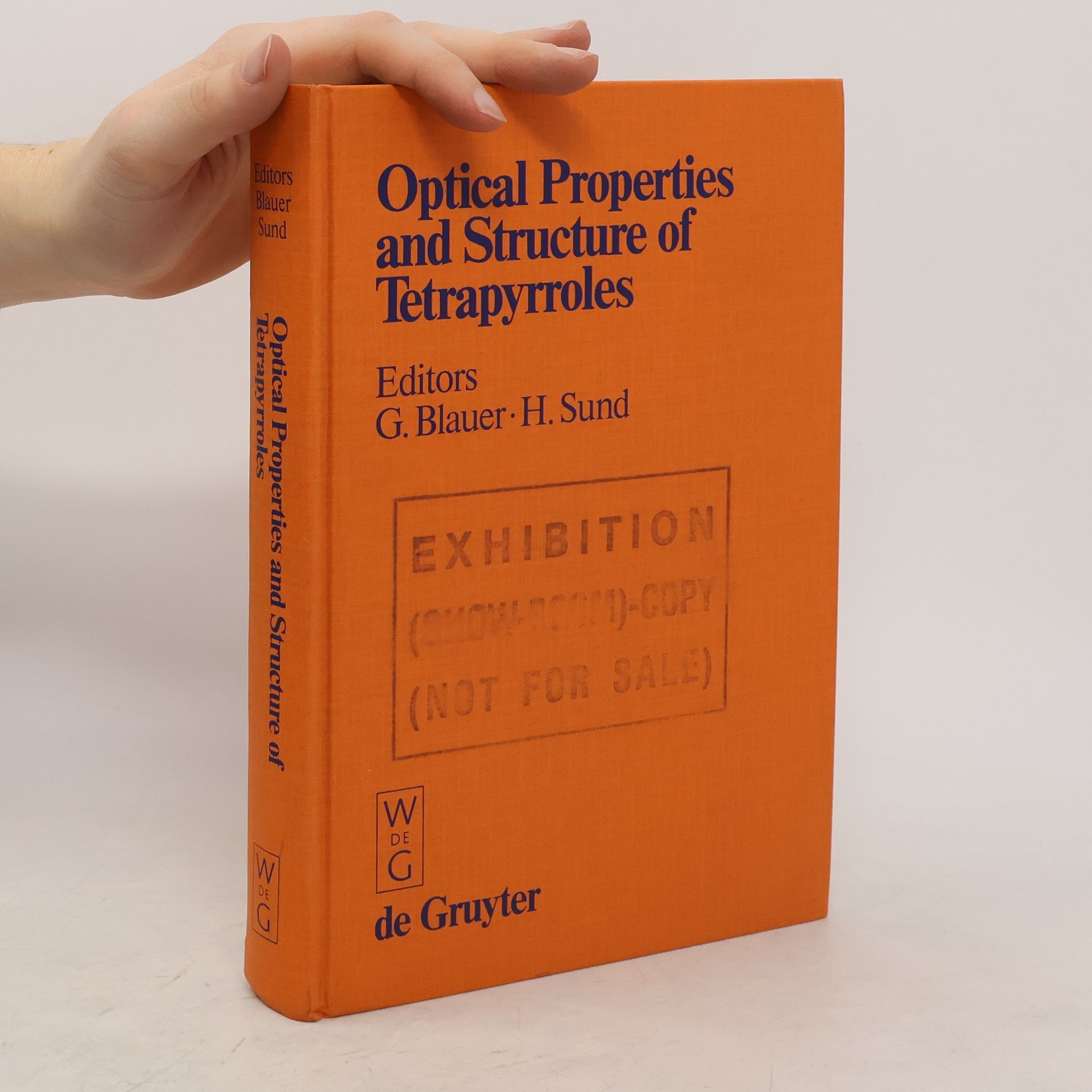Optical Properties and Structure of Tetrapyrroles
Proceedings of a Symposium held at the University of Konstanz West Germany, August 12–17, 1984
This comprehensive work covers the historical context and modern advances in porphyrins and related compounds. It begins with an overview of porphyrin biosynthesis pathways and progresses into detailed studies on metalloporphyrins, including their transient absorption spectra and excited state kinetics. The text explores various metal complexes and their optical properties, focusing on hematoporphyrin derivatives used in tumor phototherapy and the interactions of heme with globins and cytochromes. The discussion extends to bile pigments, detailing the photophysical processes of bilirubin, including its role in phototherapy for neonatal jaundice. It also examines phytochromes, the visual pigments in plants, highlighting their chromophore structures and the dynamics of photoconversion. The latter sections delve into chlorophylls, analyzing their optical spectra within photosynthetic reaction centers and the circular dichroism of chlorophylls in protein complexes. The work concludes with critical assessments of structural requirements for various chlorophyll forms and their implications for photosynthesis. This text serves as a valuable resource for researchers in biochemistry, photochemistry, and related fields, providing insights into the intricate relationships between structure, function, and optical properties of these essential biological pigments.

